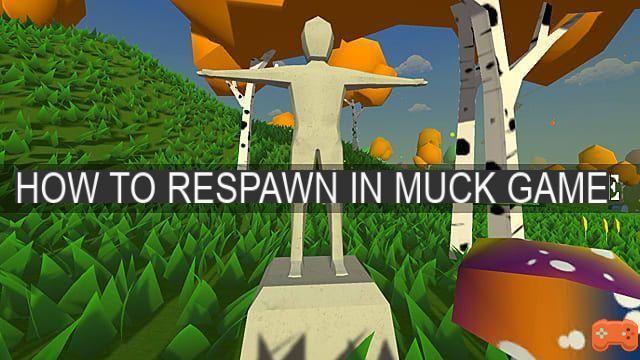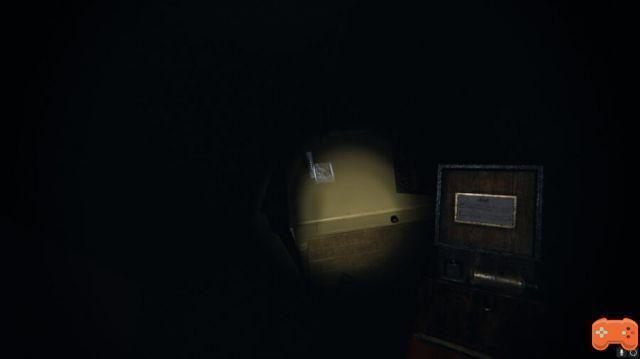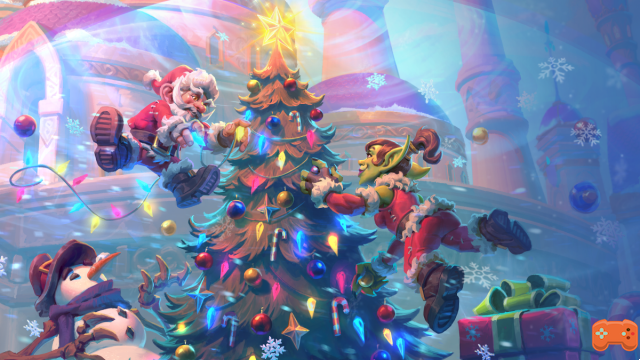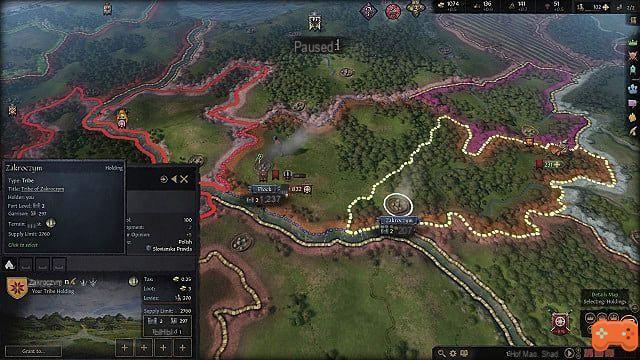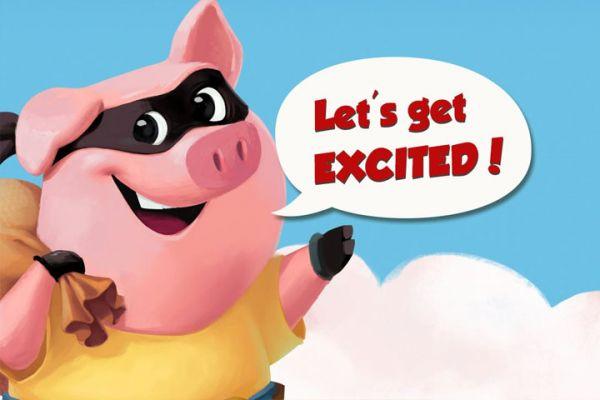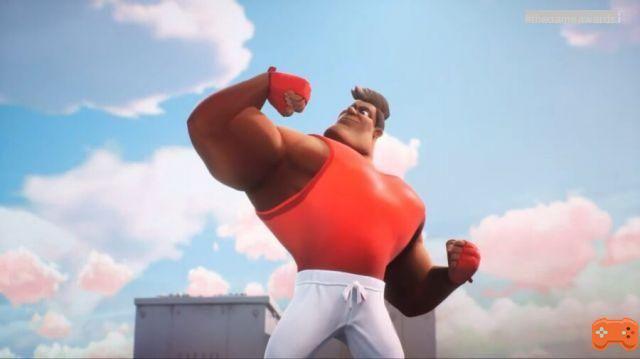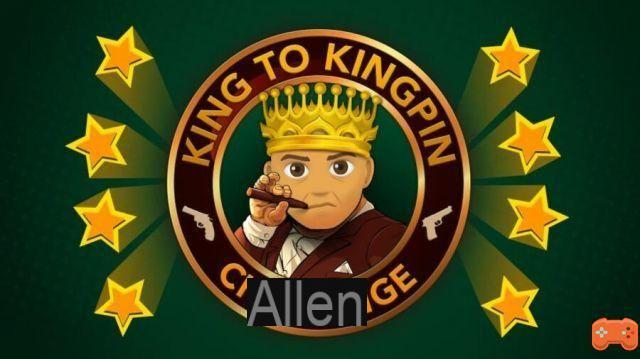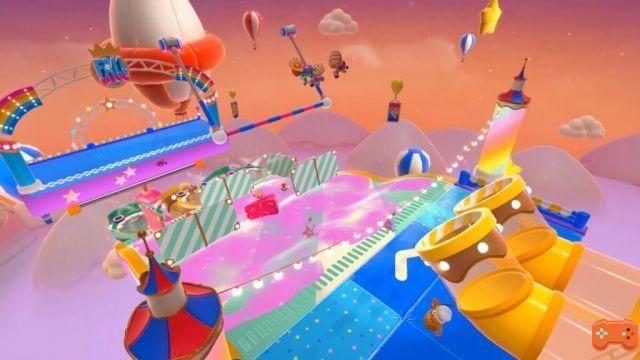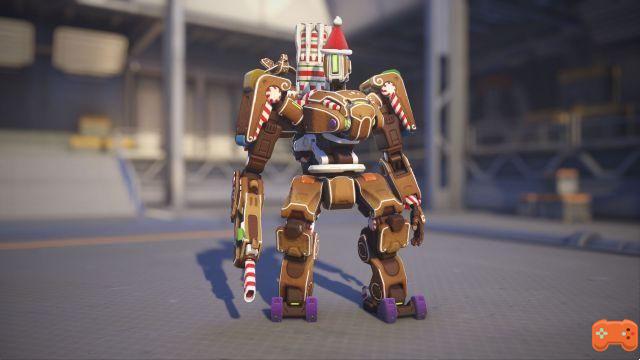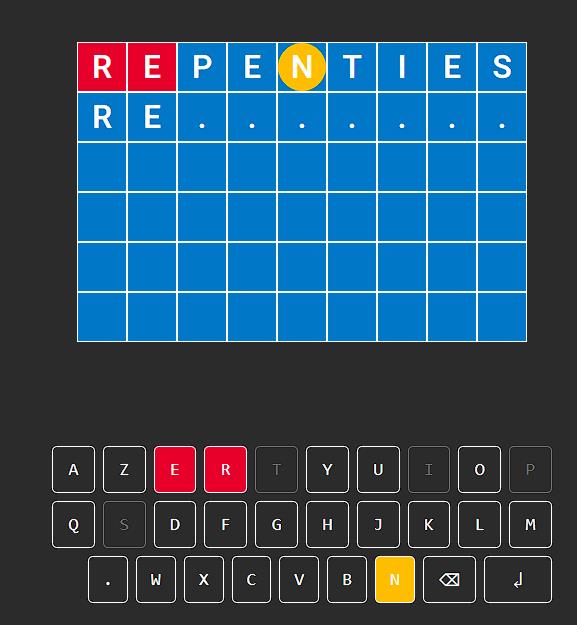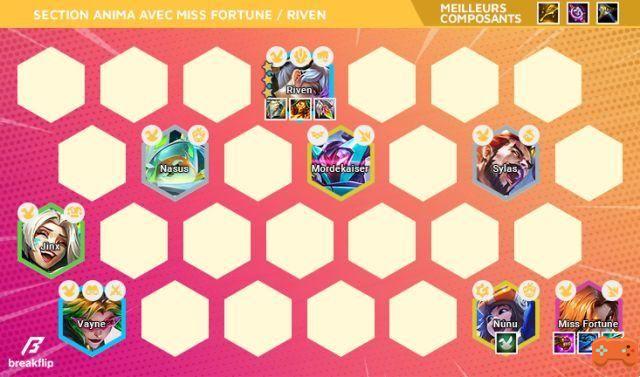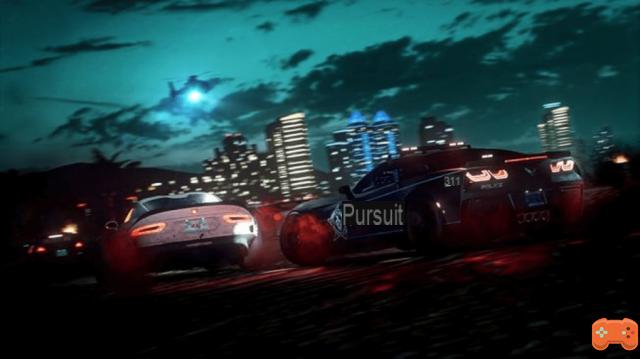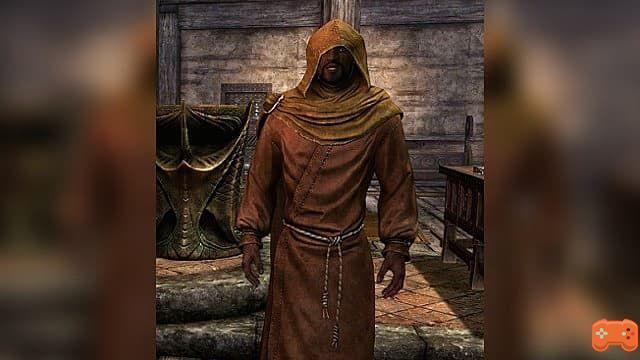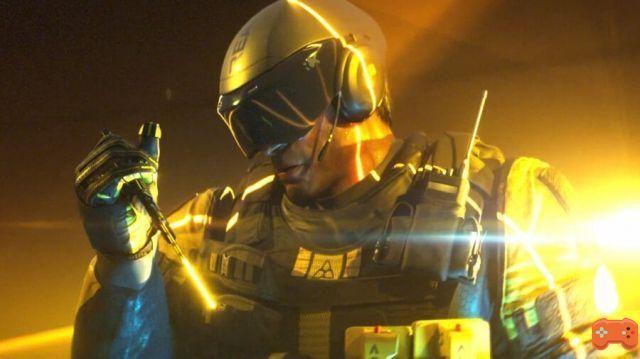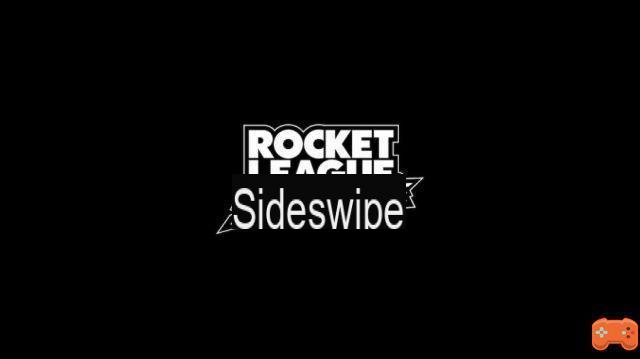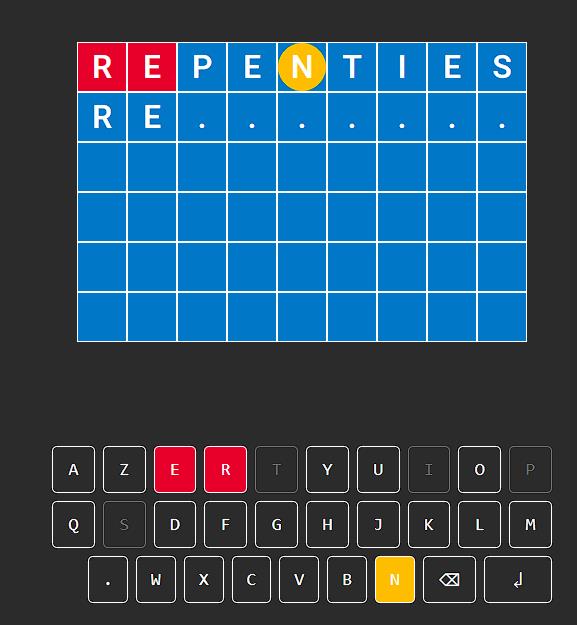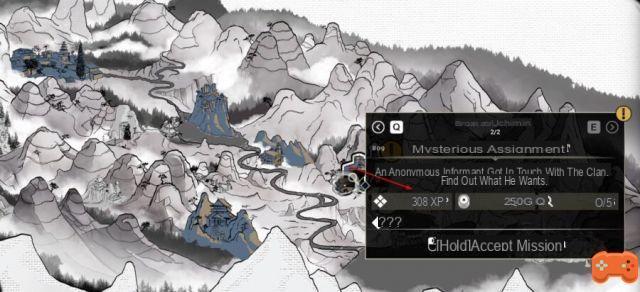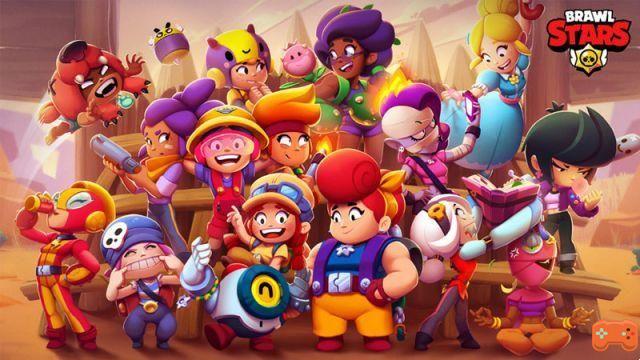
There's no better time to start confusing than now! Lots of people are at home and with their families, and a great activity you can do is put together a puzzle or two. If you're new to it or just looking for ways to improve, we've put together a guide to puzzle strategy, tactics, and technique and have a bunch of tips to make it easier for you to find pieces. While rerouting is a more relaxing pastime, that doesn't mean you can't try to be efficient!
Basic puzzle strategies and techniques
Here is an overview of some basics if you are new to preparing puzzles.
Sort and separate all edge pieces
Edge pieces are often quick to identify in a sea of fun-shaped puzzle pieces, making them an easy target for the initial sorting process. Putting the edge pieces together also makes it clear where each section of the puzzle will be, how big it will be, and gives you a starting point for putting the sections together later in the process.
Pro tip: I like to remove the corner pieces as I find them so I can locate them quickly when I start putting all the edge pieces together.
Look at the image and identify the most obvious sections or areas by colors, patterns/textures or subjects
You will want to build the puzzle in sections, so you will need to locate and separate the pieces for these sections
If you're working on a beach puzzle, you'll probably want to sort and create piles of image-side pieces for areas like: the highest point in the sky, the horizon line (where the water meets the sky), water and beach.
Here are some common topics you'll find in puzzles, which often translate into sortable sections that can be worked on one by one. You'll want to try sorting through all the pieces and removing the ones that seem to fit each section to separate them.
- Sky
- Water / ocean
- Beach
- Pets
- Plants
- Logos / writings
Pro tip: the bigger the puzzle, the more important the sorting. It's best to sort larger sections, like all the red pieces, and then do a second sort on the section when you go to put the section together. This way you have a more manageable set of sections to sort through initially.
Start assembling pieces from overlapping sections with edge pieces, such as starting at a corner, or for more obvious or defined objects
Starting in a corner or from the edge, you work with pieces already assembled. It's like having a blueprint to guide your work as you go. If there was a red apple, that object would probably be easier to put together than a mass of all-blue sky. If you see a logo or artist signature, these are some of the easiest to put together and also know exactly where they go.
If the sections you've sorted are more in "stacks", you'll want to lay out the pieces so that they're all photo face up and laying flat on the confusing surface.
Advanced puzzle strategies and techniques
If you've been stumped for a while, here are some more advanced strategies you can adopt to increase your speed and skill!
Sort and organize by depth and direction
When separating by color, pattern, or texture, you'll want to pay attention to depth and direction. For example, the tiles will often have an easily recognizable pattern, but if there are multiple areas of the roof, you will often see that each roof section is a little different, perhaps appearing darker from the shadows. If you are working on an ocean section, the direction of each piece may be clear, as there are slight horizontal texture lines.
By arranging the parts in the direction they are intended, it can be much easier to spot the parts you need or the ones that go together.
Sort by the fitness of the puzzle pieces
When working on a difficult to distinguish section from piece to piece, which is often a single color area, I place each piece line by line according to the actual shape of the puzzle piece. If there are enough pieces to sort, I will start removing puzzle pieces that have physically large or small connections because there are a finite number of possibilities when interlocking areas are very large, very small, or oddly angled / twisted.
The puzzle pieces have buttons (the part that sticks out) and holes (where it goes in) so I'm going to sort by pieces with one button, two buttons, three buttons, four buttons and make sure each group is placed in the same direction.
Tips and tricks for puzzles
Choose a flat surface in an area less likely to be disturbed. You don't want to have to move the puzzle on and off a surface often, as this can lead to sections breaking off as well as lost pieces over time. If you've chosen a larger puzzle, be aware that it might take longer than expected to assemble, or if you don't have much time, you'll want to make sure you don't have it sitting on your main table for weeks. You'll also want to check the size of the puzzle to make sure it fits properly (with clearance for sorting and building outside of the main puzzle).
Reference the photo often and from different angles. Depending on the lighting in the area, you may find that some colors are harder to see, so you'll want to look at the photo to see if you missed any shade of texture, pattern, or color. It can also be the case when you put pieces together that almost seem to go together but make you doubt; I often take both and eye them to check. You can flip it over to see just the underside, which is often clearer if something fits perfectly or not!
Skip to another section if you get stuck. Sometimes a section is just tough – try working on a mass of all-black sky! – or it doesn't come together visually for you, so moving to another area is a great way to continue working on building the puzzle without being overwhelmed with frustration.
Puzzle Strategies for Families
Choosing puzzles with defined sections or even photos within photos is a great way to involve everyone in the whole process. When puzzles are less defined or have more similar colors and textures, it can be difficult to get multiple people working simultaneously.
With defined areas or photos within photos, each person can assemble their section(s) and can more easily access parts for that section without taking a part someone else might need. It can also allow each person to work more independently or in different areas to build their section before placing it in the actual puzzle.
Sorting can be a daunting task, but it's a vital part of constructing a logical puzzle. It could be a task delegated to each person to browse and search for a specific section or have people designated to be tasked with sorting all the rooms into sections.
Those more accustomed to putting puzzles together should choose to work on more challenging sections so those who are still developing their skills can make a meaningful contribution. It also helps keep everyone at a similar pace.




